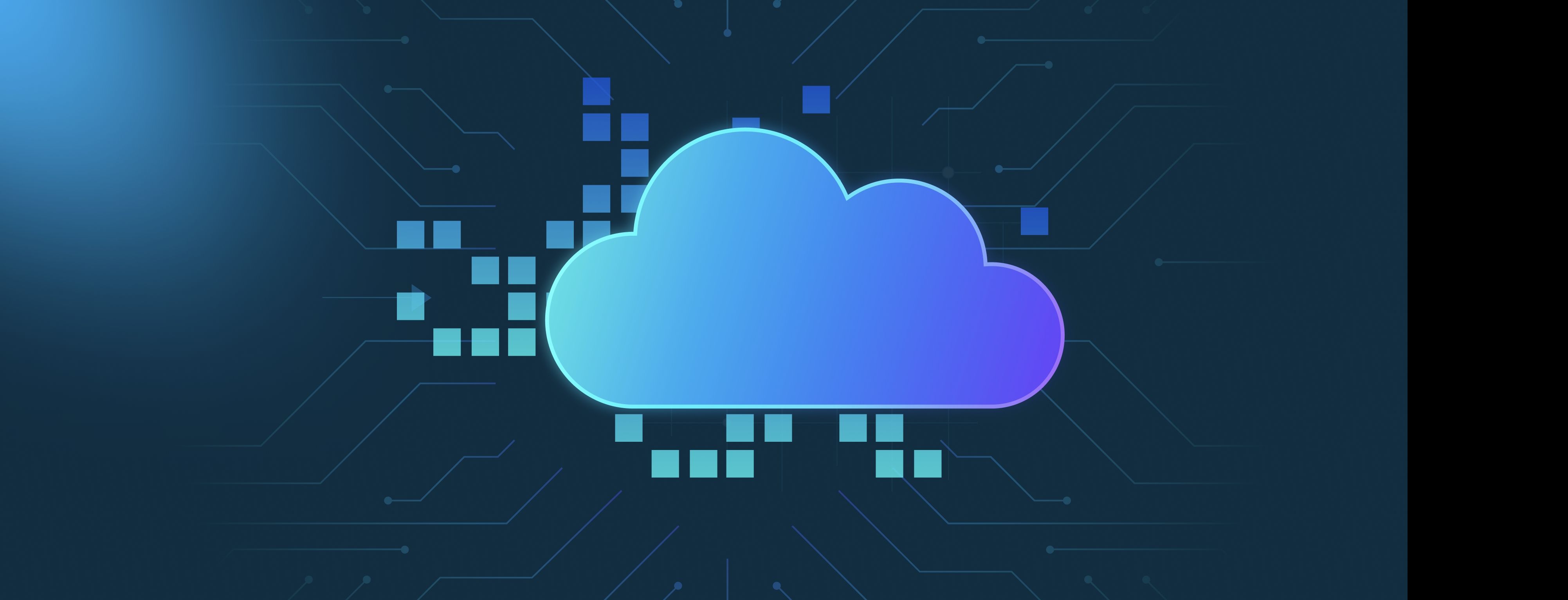OpenAI’s API provides a variety of model options that developers can choose from to suit their specific application needs. The primary models include the GPT-3.5 and GPT-4 series. GPT-3.5, which is designed for general-purpose usage, can handle many tasks like answering questions, providing explanations, and generating text based on prompts. On the other hand, GPT-4 models are designed with enhanced capabilities that improve performance on more complex tasks, offering better reliability and coherence in responses.
Each model comes with different performance characteristics, and they are available in various versions suited to different applications. For example, GPT-4 has several configurations, such as gpt-4 and gpt-4-turbo, with the latter being optimized for faster responses and lower costs. Developers need to consider the trade-offs between speed, cost, and output quality when selecting a model. For many simple tasks, GPT-3.5 may suffice and be more cost-effective, while applications that require deeper understanding or nuanced output might benefit from the capabilities of GPT-4.
In addition to these, OpenAI has also begun to offer specialized models that can assist with specific tasks, such as DALL-E for generating images from text prompts and Codex for programming assistance. These specialized models enable developers to create applications that require specific functionalities, such as coding support in integrated development environments or generating images for creative projects. This wide range of options allows developers to tailor their applications effectively, depending on their specific use case and application requirements.
